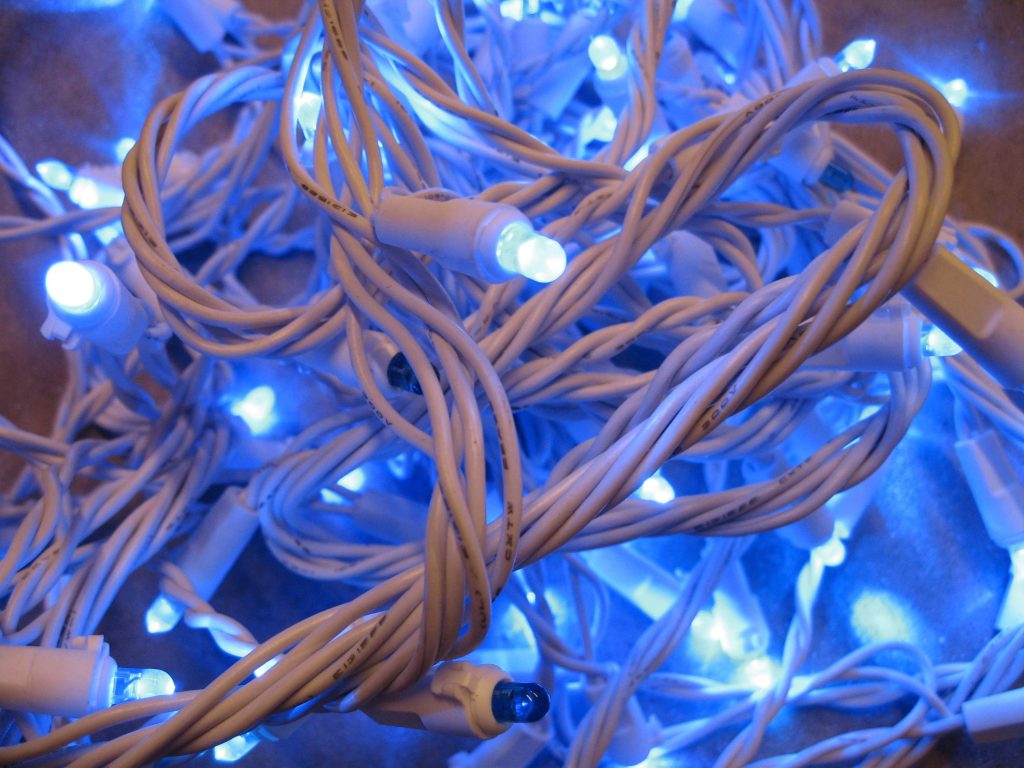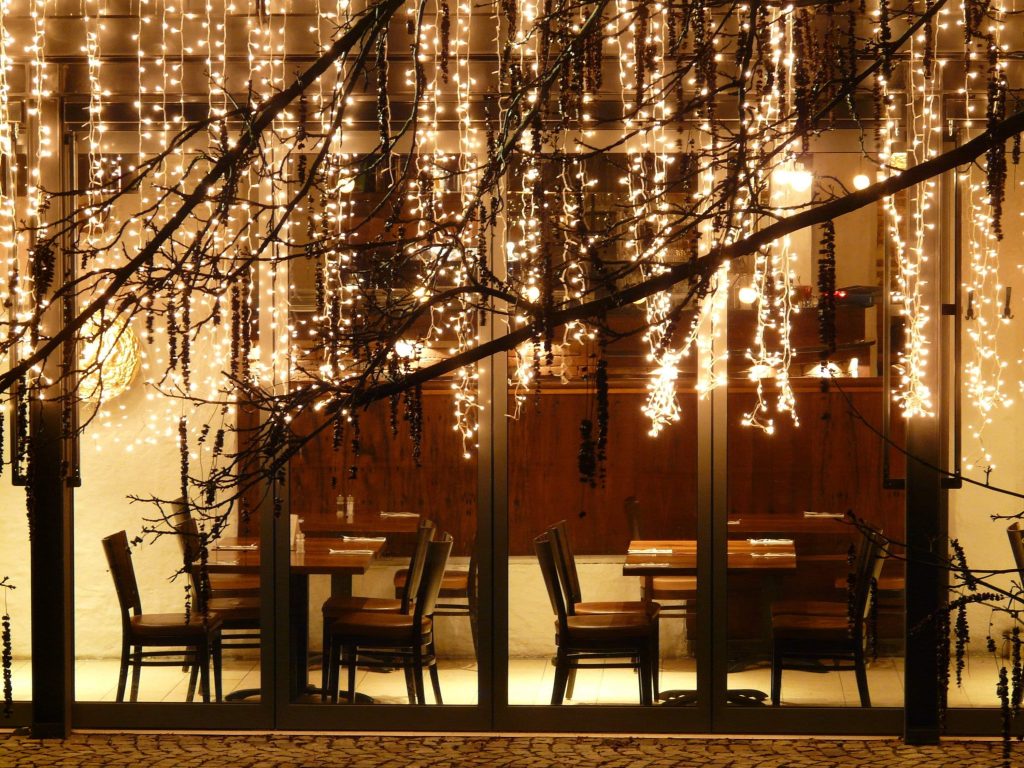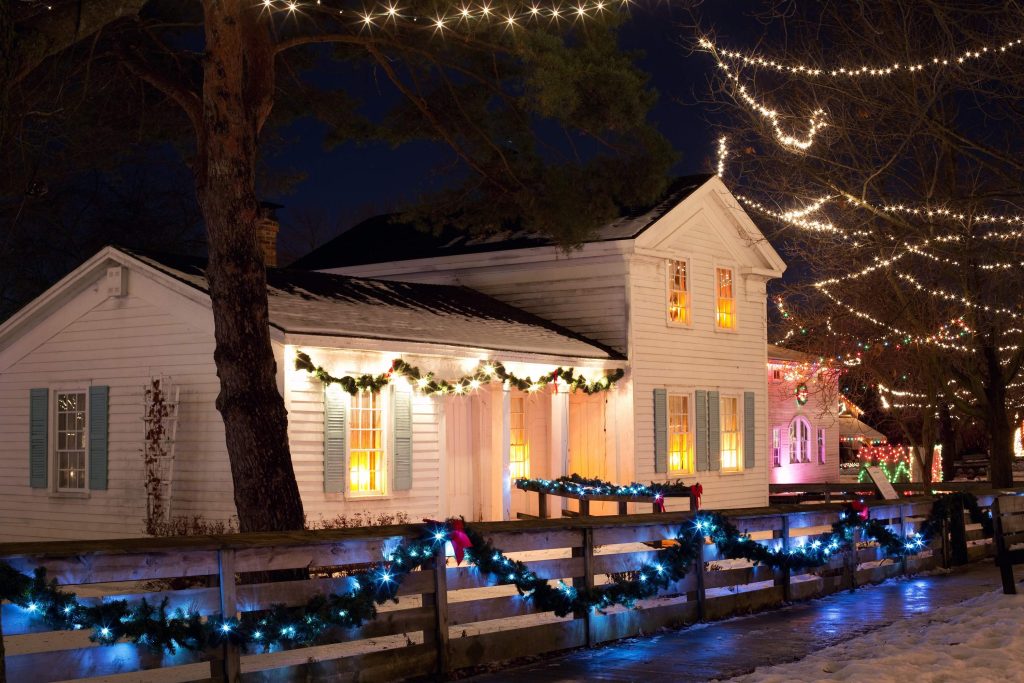Safely Shorten String Lights: Expert Guide & Tips
The Luminous Tapestry: An Insight into String Lights
String lights, an essential component of contemporary decor, are more than just decorative elements. They are strands of electric lights used to illuminate spaces and create a warm, welcoming ambiance. Originating as Christmas tree ornaments in the 19th century, the multifaceted use of string lights has extended far beyond holiday decorations.
From adorning bedrooms to lighting up festivals or functions and rendering a magical glow to restaurants and backyards, these twinkling wonders have seeped into every corner of our lives. Landscape string lights have transformed outdoor environments into mesmerizing nighttime wonderlands, providing both aesthetic value and functional lighting for safer navigation after sundown.

String lights come in various forms, such as fairy lights, paper lanterns, festoon globes, and curtain or waterfall lights – each offering unique visual appeal. Their low cost, ease of installation, and energy efficiency (especially LED-based versions) contribute to their widespread popularity.
Owing to their versatility in installation methods and locations – from trees to terraces or patios – landscape string lights have become integral components of landscape lighting design. Their soft glow imparts a relaxed vibe for outdoor gatherings or solitary evenings under the stars.
Regardless of their placement in indoor alcoves or expansive landscapes, string lights undeniably add enchantment wherever they twinkle. However, there is more to these dazzling threads of light than meets the eye; understanding their intriguing world can lead us towards greater customization options that fit our needs and preferences perfectly.
Shedding Light on Customization: The Importance of Nuanced Understanding
In today’s era, where personalization is key towards creating distinctive spaces that mirror individual tastes and styles perfectly, understanding the customization features offered by various elements can be incredibly useful. This holds true for string lights as well. Many people often wonder if their string lights could be shortened to fit a particular space or design.
The answer to this is not entirely straightforward and requires an understanding of the nuances associated with the construction and operation of string lights. Just as a painter needs to know about his canvas, brushes, and paints to create a masterpiece, knowing about the nature of your landscape lighting elements can help you tailor them optimally for your unique requirements.
This is especially relevant in scenarios where you may need to shorten your landscape string lights without compromising their function or safety. The ability to modify the length of string lights can be particularly advantageous for landscape lighting enthusiasts who wish to create distinctive designs.
It empowers them with greater control over their decorative vision, allowing for intricate detailing and innovative light arrangements that truly stand out. In essence, comprehending the potential customization options offered by string lights not only enables creative freedom but also contributes towards safer usage practices.
After all, every radiance is more beautiful when it gleams worry-free! As we delve further into this enlightening theme, let’s keep our minds open and ready to unravel the mysteries hidden behind these mesmerizing strands of brilliance!
Understanding String Lights: Revealing the Basics
String lights, often used as landscape lighting to accentuate outdoor features, are a staple in many households. They bring a cozy ambiance to many settings by creating beautiful patterns of light strewn across gardens, patios, or even along the interiors of some homes and restaurants.
The Basic Structure of String Lights
The basic structure of string lights is simple yet fascinating. It consists of three primary elements: bulbs, wiring, and a power source.
Bulbs
The bulbs serve as the visual element – the stars that dot the nightscape with a warm glow or vibrant hues. The variety found in bulb shapes (round, miniature, novelty) and types (incandescent or LED) offers different effects to play with during setup. Incandescent bulbs give off a traditional warm glow while LEDs offer brighter light output and a longer lifespan.

Wiring
Secondly comes wiring – an intricate web that connects each bulb in perfect sequence. The wiring system can impact both functionality and customization options for your string lights. The wire’s color often matches its surroundings – green for tree settings and white for lighter backdrops – to blend seamlessly into its environment while holding your landscape string lights.
Power Source
But equally critical is the power source that gives life to these lamps – the electrical current that flows through each strand, illuminating each bulb. Some string lights plug directly into an outlet, while others run on batteries – a decision that impacts where you can place them without worrying about proximity to power outlets.
A Tale of Two Wiring Systems: Series vs Parallel
There are two predominant types of wiring systems in string light design – series-wired and parallel-wired string lights – both systems carrying their unique traits and implications for use.
Series Wired String Lights
In a series circuit, the bulbs on a string light are arranged in a chain, so the current passes through each bulb sequentially. This configuration can create potential challenges, particularly when one bulb falters. Similar to old Christmas lights, should one bulb burn out or be removed, the entire string goes dark – a phenomenon known as ‘open-circuit’. The advantage of this system lies in its simplicity; however, it often proves less practical for landscape lighting.
Parallel Wired String Lights
On the other hand, parallel-wired string lights feature separate electrical pathways for each bulb. If a single lamp fails or is removed from its socket in this setup, the rest remain unaffected, making them a far more practical choice for landscape lighting. This resilience against individual bulb failure is due to voltage being uniformly distributed across all bulbs simultaneously rather than sequentially as seen with series wiring systems.
Understanding these fundamental principles about string lights – their basic structure and types of wiring systems – can make you better equipped when choosing or customizing your landscape lighting.
Unraveling the Enigma: Can String Lights be Shortened?
The question that hovers persistently around the topic of string lights is: Can they be shortened? The general consensus among lighting experts and electricians is that it heavily depends on specific factors, most notably the type of wiring system and the manufacturer’s guidelines.
It’s certainly crucial to be aware that not all string lights are created equal, and their customization abilities can vary considerably. Firstly, understanding the type of wiring system that your landscape string lights employ is fundamental. Two widely used systems are series wired and parallel wired.

In the case of series-wired strings, a current flows through each bulb successively; thus, if one bulb falters, it affects the whole system. Conversely, with parallel-wired strings, each bulb operates independently; hence a single failing bulb doesn’t impact others.
The other predominant factor to heed before endeavoring to shorten your landscape lighting is adhering to the manufacturer’s guidelines. Some manufacturers explicitly specify not to alter their products’ length for reasons such as safety or optimal functionality. Ignoring these warnings could lead not only to poor performance but also to potential risks such as electrical hazards.
A Lighted Path: How to Shorten String Lights
If after considering these factors you find it safe and feasible to proceed with shortening your string lights, there are specific steps you should follow for each wiring system type. But before delving into that process, let’s elaborate on two prerequisite facets: preparation and safety precautions.
Preparation encapsulates acquiring necessary tools, including wire cutters/strippers and electrical tape, while ensuring you have a clean workspace free from distractions or potential hazards like flammable materials or open water sources. Safety precautions primarily entail turning off all power sources before commencing operations and donning protective gear such as gloves and eye protection.
When shortening series-wired string lights, the process involves identifying the section to remove, marking it, carefully cutting through the wire using a wire cutter, and then securely capping each end with electrical tape. Meanwhile, for parallel-wired string lights, you’ll need to isolate individual wires connected to each bulb in the section you aim to remove and disconnect them without disturbing the rest of the circuit.
The Flip Side: Risks Associated with Shortening String Lights
Altering your landscape string lights isn’t without its share of risks. Potential hazards could range from electrical shocks during modification to sparking a fire if not done correctly. Additionally, tampering with products often leads manufacturers to invalidate guarantees or warranties.
There are also potential impacts on light functionality and lifespan. Inadequate wire connections can result in loss of light consistency, while structural changes might impact durability.
Creative Lighting: Alternatives to Shortening String Lights
If shortening isn’t feasible or comes with overwhelming risks, there are innovative alternatives. One can utilize excess length creatively as part of their decor by doubling up sections or creating interesting patterns.

Landscape lighting options aren’t limited only to fixed-length string lights; adjustable or customizable-length string lights could provide an optimal solution for those seeking flexibility. Furthermore, exploring other easily modifiable lighting options, such as LED strip lights, might prove beneficial too.
Conclusion: Can String Lights Be Shortened?
While it is possible under certain conditions to shorten landscape string lights, it’s a task filled with numerous considerations, from understanding wiring systems to adhering strictly to manufacturer guidelines and safety precautions.
If done properly, it can effectively alter your landscape lighting aesthetics – but always remember that there exist alternatives equally promising and creative. So, whether you decide to shorten your string lights or use them uniquely, create a landscape that will make every evening feel like a celebration.
You may also be interested in the following posts:
